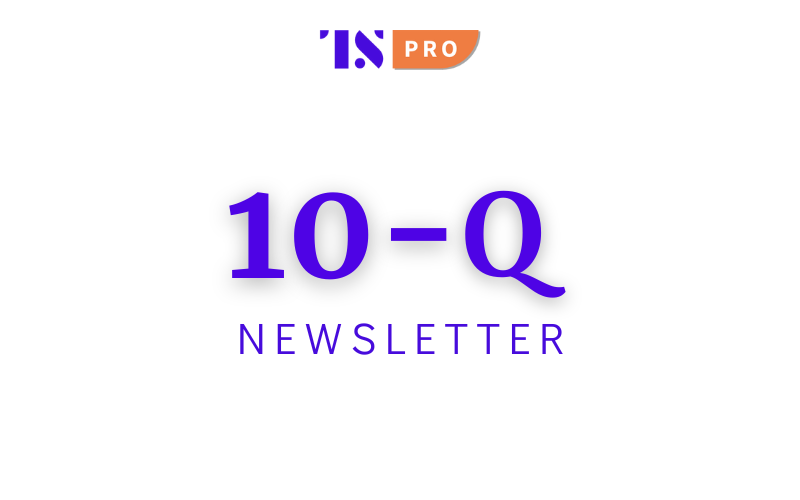Payroll’s bigger role beyond payday
Payroll has historically lagged behind other enterprise functions in terms of flexibility and speed. Green Dot has been working on that gap since 2004, when it introduced rapid! to streamline wage payments. Two decades later, rapid! is expanding its role, evolving into a platform that connects payroll with the larger ecosystem of digital payments.
rapid! offers PayCard, on-demand earned wage access (EWA), and disbursement solutions that now serve over 7,000 businesses. It sits within Green Dot’s broader fintech and banking ecosystem and is powered by the company’s own proprietary money-movement technology, which supports real-time payments across the US.
“It’s a natural extension of our mission to simplify and democratize financial access for workers and businesses alike,” notes Crystal Bryant-Minter, Sr. Vice President, GM Wage and Corporate Disbursement at Green Dot.
With its new partnership, rapid! is wiring earned wage access and real-time payouts into Workday’s payroll and HCM systems. Workday, the cloud platform for workforce and financial management, gives employers a single hub to run both people operations and finance.
For Green Dot, it also signals how payroll and payouts could be the front door to something larger: embedded financial services at scale.
In our conversation, Bryant-Minter unpacks how the recent partnership signals about Green Dot’s long game in embedded finance and whether payroll can be the starting line for deeper financial integration.

Crystal Bryant-Minter, Sr. Vice President, GM Wage and Corporate Disbursement at Green Dot
…




